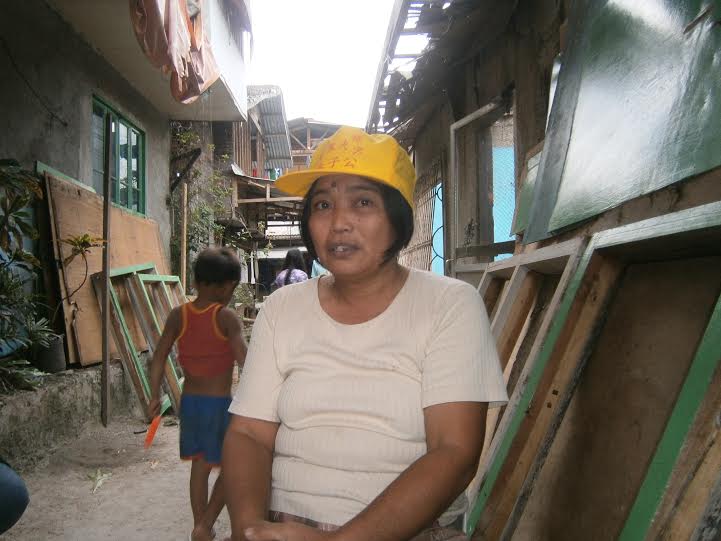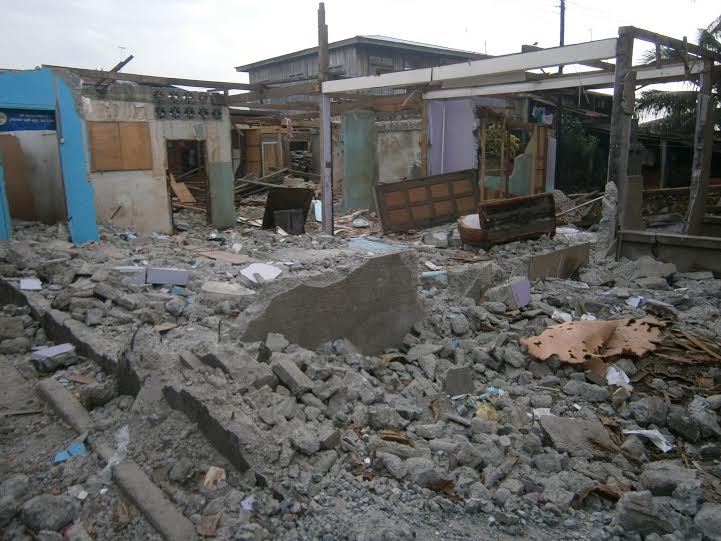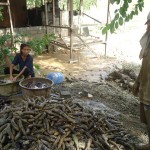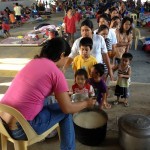by Angie Escobilla
Self-proclaimed “illegal settlers” from Purok 6, Barangay Gusa lost their homes on January 16, 2015 following a legal battle. Some of their houses were at least 2 decades old.
The residents described themselves as “illegal settlers” because the 700 square meter lot where their houses used to stand was declared by the Supreme Court as the legal property of the Loyola family in 2010.
Jacqueline Planela, 37 years old and a resident of the purok since birth, shared that they had known that they do not own the lot. However, they still prayed that one day it would be given to them. Planela and her neighbors organized a series of barricades and dialogues with the Loyolas. They even sought help from various legal counsel. However, the owners opted to pursue the legal process that allowed them to legitimately claim their lot.
The Barangay Captain Marlo Tabac, also a resident of the said lot, said that they too had known that the lot was private property. Despite that, he still acquired a concrete house for his family. In September 2014, four years after the decision of the highest court in the country came out, “nihangyo gyud mi sa tag-iya nga mo extend pa kay mangita pa lage mi ug kabalhinan. So mao to sige hangyo, wala na gyud madala pa”, (We have pleaded with the owner to give us more time to look for a relocation area. However, the extension time ended too soon.)
Carmencita Casila, another resident who has lived there for almost 30 years, shared tearfully her sentiments and worries. She said that the house they build is the fruit of their family’s hard work. That is why it is difficult for her to accept the situation. Casila is the president of the purok’s cooperative association.
Despite the threatening insecurity of homelessness, the residents still wanted to be good sports and show that they respected the court’s decision. Lead by Barangay Captain Tabac, they voluntarily wrecked their own houses a few days before the sheriff and the demolition team came. Tabac had requested the residents to do so to avoid any unnecessary destruction and violence. His wisdom, ability to dialogue and commitment to accountability and transparency in governance are among the reasons why the people highly respected Tabac’s leadership and decisions.
In December of last year, before the demolition, the City Government of Cagayan de Oro had answered the barangays request to provide a resettlement area within the barangay instead of moving the community to an area in the far-off Barangay Pagatpat as previously planned.
The 650-meter relocation site is a former shoreline that was developed due to the construction of a coastal road. As the relocation date drew near, people were still unable to build on the site as some parts of it were still mostly water. Instead of waiting, the community initiated filling the site with large rocks collected from the river. Their community spirit, locally termed as “pahina”, reflected their unity and a sense of social responsibility that drove them to help their neighbors rebuild their homes.
At present, work is being done to make the relocation site habitable through the aid of the City Government of Cagayan de Oro. Residents of the demolished area are temporarily renting nearby houses and patiently waiting for their new shelter, which they hope they can finally call their own.
—
Barangay Gusa is one of the new partner barangays in the urban part of Cagayan de Oro City in which BMFI delivers the full package of peacebuilding and DRRM interventions. We assisted them in their Barangay Development Planning in November of 2015, in which the issue on the resettlement was discussed. Five key people in the community are graduates of our Operation Peace Course.



